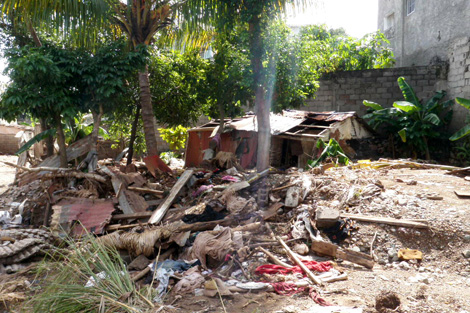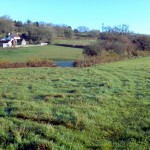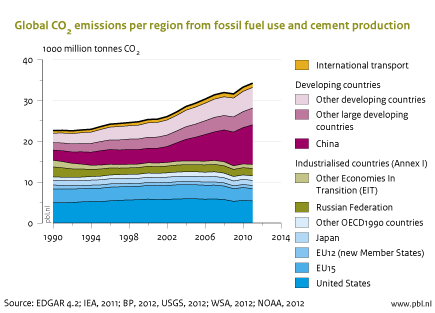After a fair few emails and phone calls my penultimate set of objections to the second coming of the proposed Fulford Solar Park at Gold's Cross Hill near Tedburn St. Mary finally made their way onto the Teignbridge DC planning website this afternoon. If you enjoy a bit of a giggle download the three documents posted on Friday 23rd November.
Inazin Solar are the developer of this cutting edge project, and here's my professional opinion on their electrical engineering understanding, copied and pasted from my most recent attempt to educate Teignbridge District Councillors on the engineering facts of life:
The Design and Access statement for the first Inazin proposal claimed in paragraph 9.3 that:
The installation will generate approximately 8 MWh of electricity per year, sufficient to meet the needs of over 2,000 average UK households. This renewable energy will offset more than 4,000 tonnes of CO2 per year that would otherwise be generated as a result of the use of fossil fuels.
Note that there are 365 x 24 = 8760 hours in one year. 8 MWh / 8760 hours = 0.00091 MW or 0.91 kW of electrical power. That’s barely enough to boil a kettle to make yourself a hard earned cup of tea after doing all that complicated mathematics.
Moving on to the latest Design and Access statement, the applicant claims in paragraph 9.2 that:
The installation will have a minimum power capacity of 6.9 MWh capable of producing sufficient electricity to meet the needs of over 1,400 average UK households. This renewable energy will offset more than 3,700 tonnes of CO2 per year that would otherwise be generated as a result of the use of fossil fuels.
The new proposals are for a reduced number of solar “panels”, but even so those sums don’t quite add up. 4,200 / 2000 = 2.1 tonnes per household, whereas 3,700 / 1400 = 2.64 tonnes per household. What has changed apart from those vague references to “over” and “more than”? No explanation for this magical improvement is provided by the applicant. Which is in fact the correct figure? I will suggest neither.
Note firstly that the 6.9 MWh mentioned is specified in units of energy and not units of power. Let’s assume for the moment that the applicant actually means 6.9 MW of power in this instance, which will at least make lots of cups of tea. 4,200 x 6.9 / 8 = 3,620 which is about 3,700. Hooray! Something adds up properly at last. Maybe the original 8 MWh should in fact have read 8 MW?
Here's how my glorious piece of gonzo journalism has been translated for the benefit of the Teignbridge planning committee:
The installation will have 0.91kW of electrical power
Reduced number of panels but claiming bigger CO2 reductions per household?
Sometimes I wonder why I bother. I guess that will teach me to leave things almost to the last moment yet again. What with one thing and another I'm getting more and more confident that Monday's planning committee meeting will be even more fun than the first one.
In my conversations with the council today I discovered some more interesting facts about their meetings. The councillors now have the benefit of some cool technology which allows them to connect up their laptops via WiFi in the Council chamber to Teignbridge's computer systems. However mere mortals like me aren't allowed to connect our own laptops into the same system, to display some Powerpoint slides for the benefit of the committee for example. That constitutes "a security risk". In addition, all this wondrous technology is not used to record council meetings for posterity, using video or even just audio. The minutes are still recorded by hand.
For your final edification tonight, here is what a real solar kettle looks like:

The Magic Forest Solar Kettle
The Magic Forest Solar Kettle takes around 3 hours to build, costs £1.50 for the parts, and takes about an hour to cook an egg. Much like the Fulford Solar Kettle then, apart from the time and cost of planning and construction that is. The only fly in this fabulous fantasy ointment is that unfortunately Inazin can't add up properly. Either that or they singularly fail to understand the significance of the amazing variety of engineering units. Possibly it's even a bit of both? Whatever the reason, in the final analysis it looks like their solar PV park is in fact designed to produce a peak power of 6.9 MW, not 0.91 kW. If constructed it will of course deliver nothing like that astonishing amount of power on average. Another pedantic perambulation through the mysteries of solar PV's "capacity factor" will have to wait for another day. It's now long past my bedtime!
Filed under Renewables by Jim Hunt









